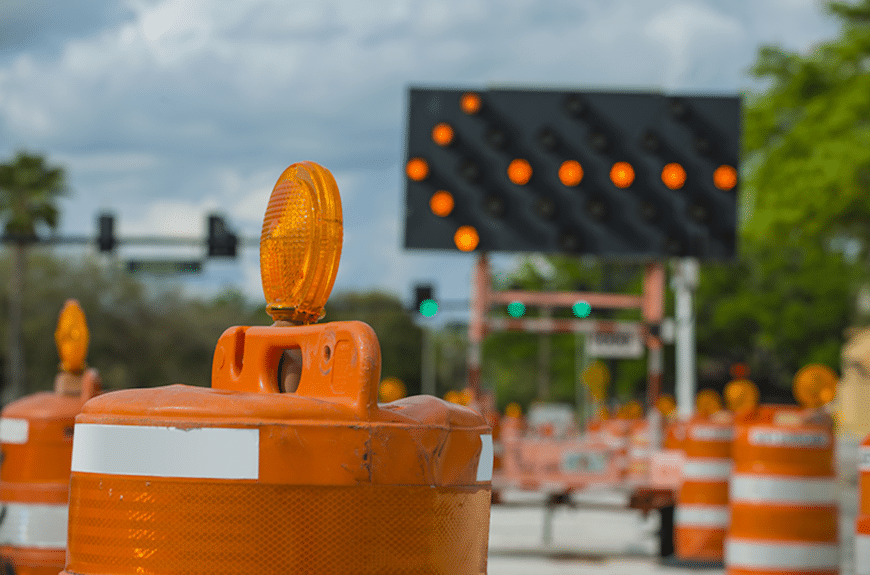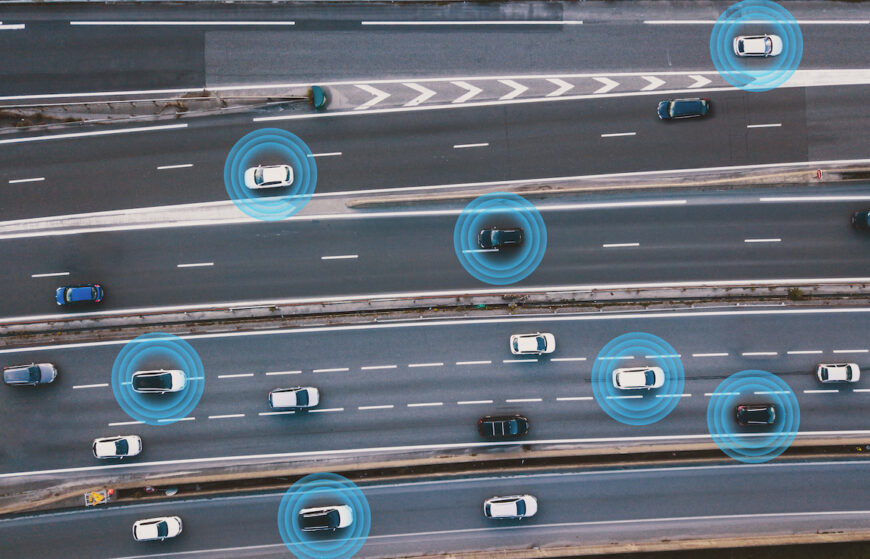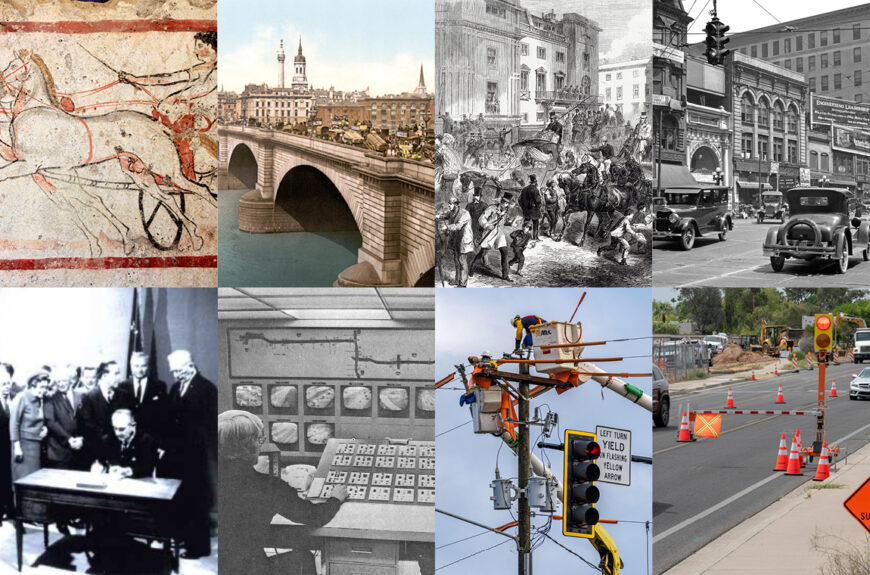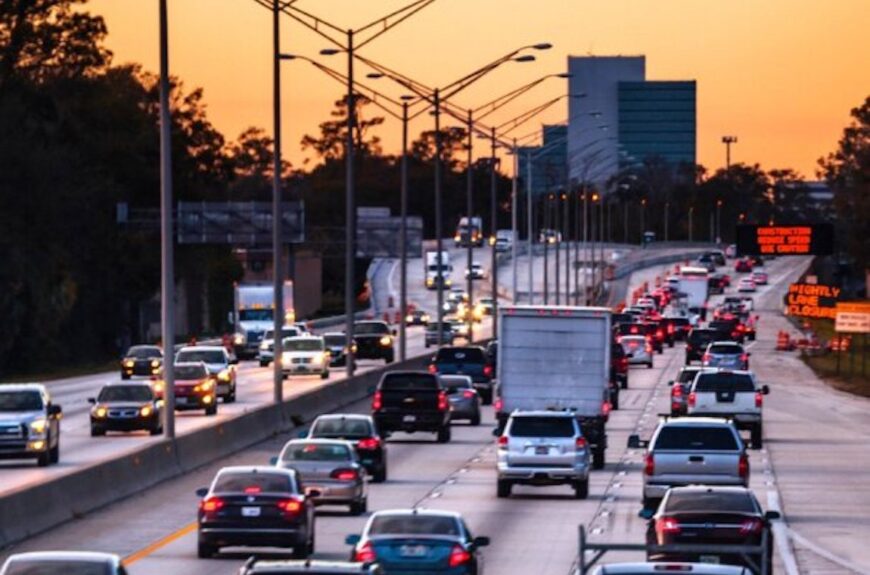
Technology + People = Safer Work Zones
In a perfect world, technology would eliminate the possibility of accidents and loss. In reality, every work zone requires some human expertise. Real world experience, insight and management, combined with technology may not be perfect, but we are encouraged by the tremendous strides we see every day, on every project. Fewer accidents. Better routing. Risk reduction for work crews, motorists and pedestrians.
These are our goals, and we put our best people – and technology – to work on them every day.
Smart Workers, Smart Work Zones
Technology is crucial for creating safe work zones. The technology, in the hands of well-trained engineers and traffic experts, is reliable, too. While connected equipment, real-time data collection and visual displays are essential, nothing can replace expert engineering services and experienced flaggers who are committed to safety. They are the ultimate “smart” equipment in any work zone.
With smart work zone technology employed by traffic experts, alternate routes can be designed and drivers can be directed to the safest route at any time.
While we place our people above technology, our commitment to safety means that we invest considerable time and other resources in developing, testing, and providing the tools and technology needed to ensure safe outcomes in every work zone.
How We Develop, and Rely on, Smart Technology in Work Zones
At AWP, we have long worked closely with ATSSA and other boards and associations to make a positive impact on safety by enabling innovations, conducting real-world testing, and contributing our experience and expertise in the industry.
Intelligent Transportation Systems (ITS) is an umbrella term that covers much of the equipment and technology used in today’s work zones. It covers a broad range of communications-based electronic and information collecting technology intended to improve transportation, safety and mobility in and around work zones. Connected and Automated Vehicles (CAVs) and Vehicle-to-Everything (V2X) is another term frequently involved in work zone planning and operations, as technology facilitating real-time communication from roadway infrastructure to vehicles, safety devices, workers on multiple sites, and even the motoring public is becoming more common.
Below are a few of the types of technology and tools that we rely on, including some that we make available to our clients and partners through rentals and sales.
Portable Standing Assistant – AWP led the way in testing this simple but effective equipment that reduces fatigue and keeps work zones and workers safer. Read more about our test of the Standing Assistant in Roads and Bridges Magazine.
Temporary Portable Rumble Strips (TPRS) – at AWP we have been working with TPRS in work zones since 2012 and have been involved in some of the earliest tests of the equipment in highway situations. Now, many states are requiring TPRS in all work and construction zones. Download PDF.
Truck-Mounted Attenuators – Designed to save lives in work zones by absorbing impact of vehicles in high- or low-speed crashes, the TMA isn’t the latest technology, but it does its job well. Contact AWP to schedule rental of a TMA for your next project
Smart Cushion Attenuators – these re-directive, bidirectional impact attenuators help vary stopping resistance and reduce side impacts and the chance of a vehicle rebounding after impact, causing secondary accidents. Contact AWP to schedule rental of a Smart Cushion Attenuator
Safety really is our business. For more than 25 years, AWP has provided traffic management control services and equipment to protect our clients’ people, their business and their time. To find out how we can help on an upcoming project, contact us.
Our Customer Support Center is open to serve you 24 hours a day, 7 days a week, 365 days a year.



